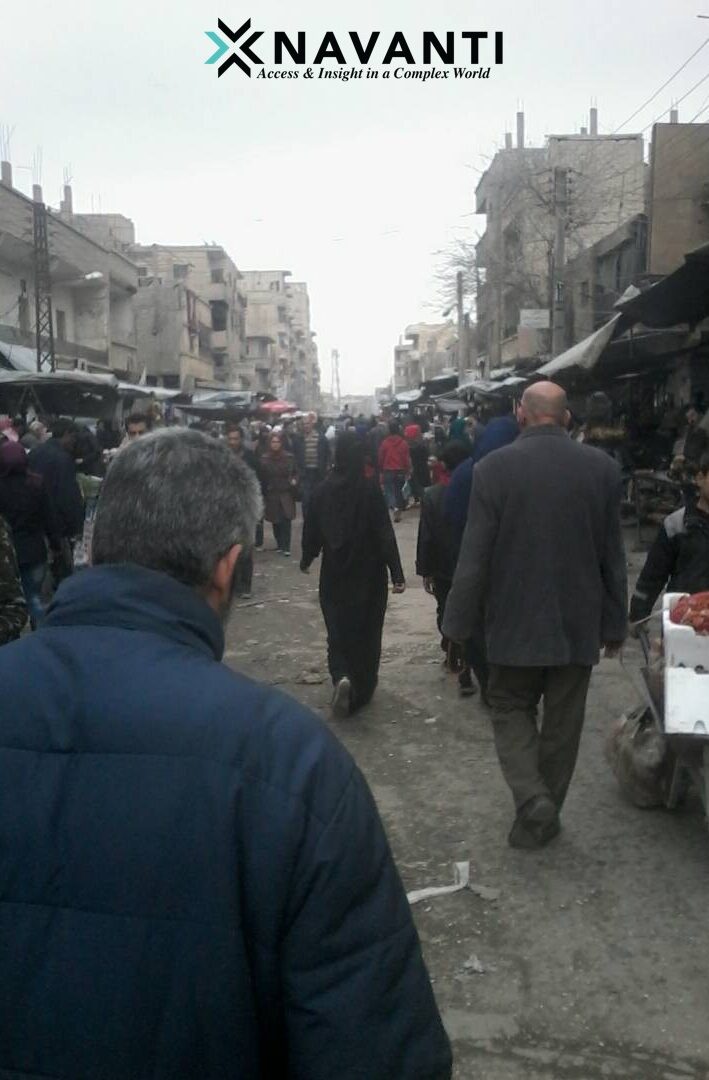Understanding the Background of the U.S. Strikes in Syria and Iraq by Ryan Craig and Jordyn Kamasa

On February 2, 2024 U.S. forces launched retaliatory airstrikes against 85 Iranian targets in Iraq and Syria. These series of strikes were in response to the recent Iranian-backed militia strikes in Jordan that killed 3 U.S. service members on January 28. Syrian state-run news outlet Sana reported strikes in the cities of Deir al-Zour, Albu Kamal, and Al-Mayadeen, while the Iraqi government reported strikes in the city of Al-Qaim. In a statement on Sunday, President Biden said that these strikes were aimed to deter and prevent further attacks, while minimizing civilian casualties and further escalation in the region. These strikes are “the start of our response,” according to Secretary of Defense, Lloyd Austin, indicating that these strikes are part of a multi-tier response to continued Iranian aggression in the region and that further response will be carried out as necessary.

In Syria, the land spanning from Albu Kamal north to Deir al-Zour City along the west bank of the Euphrates River officially belongs to the Syrian Government (SG) and is marked accordingly on maps. Practically speaking, the Iranian Revolutionary Guard Corps (IRGC) is in near full control of this area as well as Al-Qaim in Iraq and has been since 2018. The IRGC has controlled this territory primarily through pro-IRGC armed groups that have included, but are not limited to, Lebanese Hezbollah, Kata’ib 47, Liwa al-Baqer, Liwa Fatimiyoun, and Popular Mobilization Units. This control manifests itself in numerous ways, but most notably by providing security and administering checkpoints.
Iran’s plan for this part of Syria, however, is far more intricate than simple military control. The aforementioned territory between Albu Kamal and Deir Al-Zour city was forcibly depopulated after it was re-captured from the Islamic State. The IRGC in conjunction with the Syrian Arab Army (SAA) jointly administered resident return to multiple cities. All individuals who sought to return were required to obtain a residency permit (seen below) that was given to individuals who passed security investigations that focused on personal connections and loyalties.

Lastly, Iran implemented a multi-pronged approach to building a loyal pro-Iran populace. This began with the construction of Shi’a shrines in 2017 and 2018 in the area in question, a region that is traditionally overwhelmingly Arab and Sunni. Reports later surfaced in 2018 and 2019 of Shi’ite groups passing out candy for Eid al-Adha; Shi’a marriage ceremonies called “mutah” in Arabic, or “sigheh” in Persian, occurring in the area; and Iran-linked Shi’a leaders offering free children’s classes in mosques. This is all in addition to pro-Iran billboards along the N4 highway and pro-Iran graffiti in multiple cities and towns.

Over the last year, Iran-linked armed group have launched over 180 strikes against U.S. targets, with the U.S. responding to only seven of those strikes. The February 2 strikes marked a change in the Biden administration’s strategy toward countering Iran. Since these recent Syria strikes, the U.S. has bolstered strikes against a variety of notable Iranian targets in the region, most notably the Houthis in Yemen, signaling their renewed commitment to degrading and dismantling Iran’s wide grasp across the Middle East. The Biden administration certainly intends to continue using military force against Iranian targets since it has reported these strikes to congress in accordance with the War Powers Resolution of 1973. These recently reported strikes start a 60-day clock and upon expiration will require congressional approval to continue, opening the floor for debate of a new authorization of military force against Iran.

